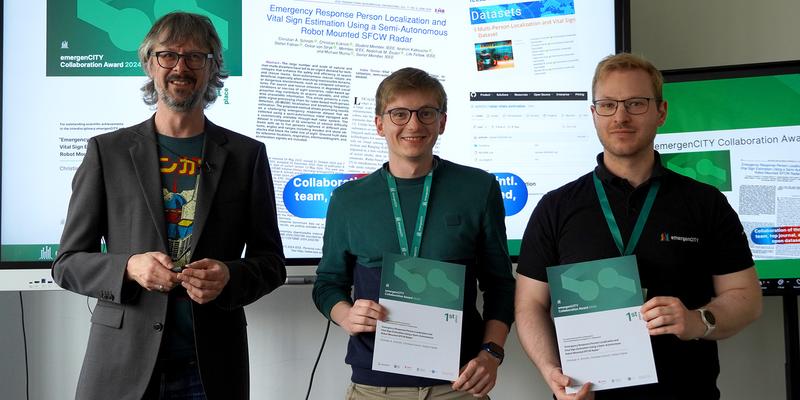The next few days will mark the second anniversary of the heavy flood event in the Ahr Valley in the summer of 2021, which caused more than 180 deaths, hundreds of injuries and major devastation. In the meantime, the processing of the disaster in Rhineland-Palatinate has led to consequences. The focus is on the establishment of a state office for disaster control, which is to be operational in 2025, and investment in equipment and personnel. “These steps are right and necessary, but they leave out a central point of the deficits in disaster management two years ago,” said Professor Michèle Knodt of the Institute of Political Science at TU Darmstadt and deputy director of emergenCITY. “The central weakness of disaster management in the Ahr Valley was poor and, in some cases, lack of coordination among the actors involved in the operation.”
Many forces are involved in disaster operations of the magnitude of the Ahr Valley flood. In addition to the disaster management and administrative staff, these include the emergency forces on site, the political leaders at various levels and also spontaneous helpers. Coordination between these units is therefore one of the major challenges, which can be improved by adapting structures, improving training and operational concepts and establishing an interface with spontaneous helpers. Well-networked teams of experts could help here as a kind of rapid response force to support local disaster management staff members. In addition, political decision-makers at all levels should be actively involved in disaster management training and exercises so that they can respond quickly and adequately in the event of a crisis.
The analysis including recommendations for action of the disaster in the Ahr valley can be found in detail in the Policy Paper prepared by Prof. Dr. Michèle Knodt and Eva Platzer, which can be accessed here.



